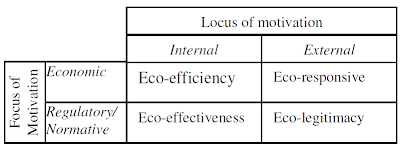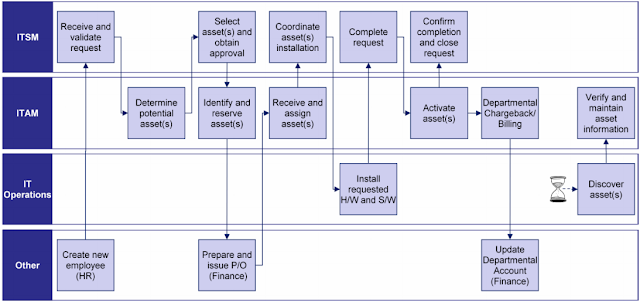As cloud tools are grabbing more market share while offering great services it is a good time for companies to reevaluate their investments in desktop service management tools. Switching to the cloud has lots of pros and cons that are already familiar but let’s look at the characteristics that we should be interested in when searching for a service desk in the cloud:
Technology – technology is changing rapidly and is becoming outdated very fast. This can be one of the most compelling reasons to migrate to a new ITSM solution. Otherwise it means that the technology has not changed with the times and cannot support the service improvement initiatives required by the business. Cloud ITSM solutions have the ability to quickly adopt new technologies without having the risk of unavailability of the service desk.
 Maintenance Costs - Many organizations may find that the maintenance cost of their current solution is unacceptable. Most of the cloud providers include the maintenance cost in the subscription fee and they offer their maintenance services almost instantaneously.
Maintenance Costs - Many organizations may find that the maintenance cost of their current solution is unacceptable. Most of the cloud providers include the maintenance cost in the subscription fee and they offer their maintenance services almost instantaneously.
Administration Cost - Most ITSM solutions will require some level of administration to change parameters, configure access privileges, configuration of email and SMS notifications; amend service level targets based on priorities or business services etc. With cloud solutions most of this is done by the cloud provider and that can save a lot of cost and time.
Customisation - The chosen ITSM solution should be one that generally delivers the majority of requirements out-of-the-box. If the organization chooses a solution that requires major customization to meet its needs, this is going to cause a major headache and a lot of money. Not only is a full-blown customization costly at the outset, it is also costly to undertake upgrades, as all of the customization will have to be reapplied. This is not the case with cloud ITSM solutions customizations. Most often upgrades are applied unnoticed with little or no interruption in the normal working.
Version Lock - this is a situation which can occur when the complexity of the path to upgrade to a newer version of an ITSM solution takes so much time and is so costly that it is difficult to justify doing so. This would thus cause the IT support team to be stuck with an old solution and may put in question their ability to give support in an evolving business environment, i.e. the potential benefits of the newer version cannot be made use of. Cloud solution providers offer latest versions to its clients.
Vendor Lock - Most companies fear a long and difficult migration path to an alternative tool. The time and investment that may be needed to be spent in customization of process flows and integration with other systems, can lead the organization to limit their own migration options. This will push companies to keep the same old poorly designed processes and restrict the organisation’s opportunities to identify the best solution for their requirements. Changing cloud ITSM providers is easy and clients may not notice the change. Some of them provide data export/import options from other tools
Inflexibility - Another reason for migration to the cloud can be the inflexibility of the desktop solution. You can not rely on a desktop solution in a rapidly changing environment where the needs of the ITSM industry and the customers are ever increasing. If the ITSM solution is not able to support rapidly changing requirements, the IT team will be unable to respond. Cloud solutions provide this flexibility out of the box, allowing the customer experience to be tailored based on specific needs and preferences.
Version/Solution retiring ‐ Setting a final reason for migration may be due to a vendor retiring its solution or a version of its solution. It can often be that the vendor supports many solutions (not just ITSM) and many versions of those solutions, and in times of financial constraint, may look to reduce the number of solutions and/or versions supported. If a solution is being withdrawn, the organization may be forced into an upgrade to a new version or an alternative solution with the same vendor and within timeframes that they dictate.
If the above characteristics made you decide to move your service desk to the cloud you should be focusing on the following steps in order to be able to choose the right provider:
- Define the number of agents that will work in the service desk
- Define the functionalities you need - define which functionalities are a must to have and which is good to have but are not necessary
- Define the needed package - search for the packages available from every vendor suitable to the functionality list
- Search for prices - notice the price for a package. Pay attention if the price decreases if you pay on yearly basis
- Use the trial period to carefully evaluate the solution
- And do not forget that automated processes should follow ITIL best practices.










